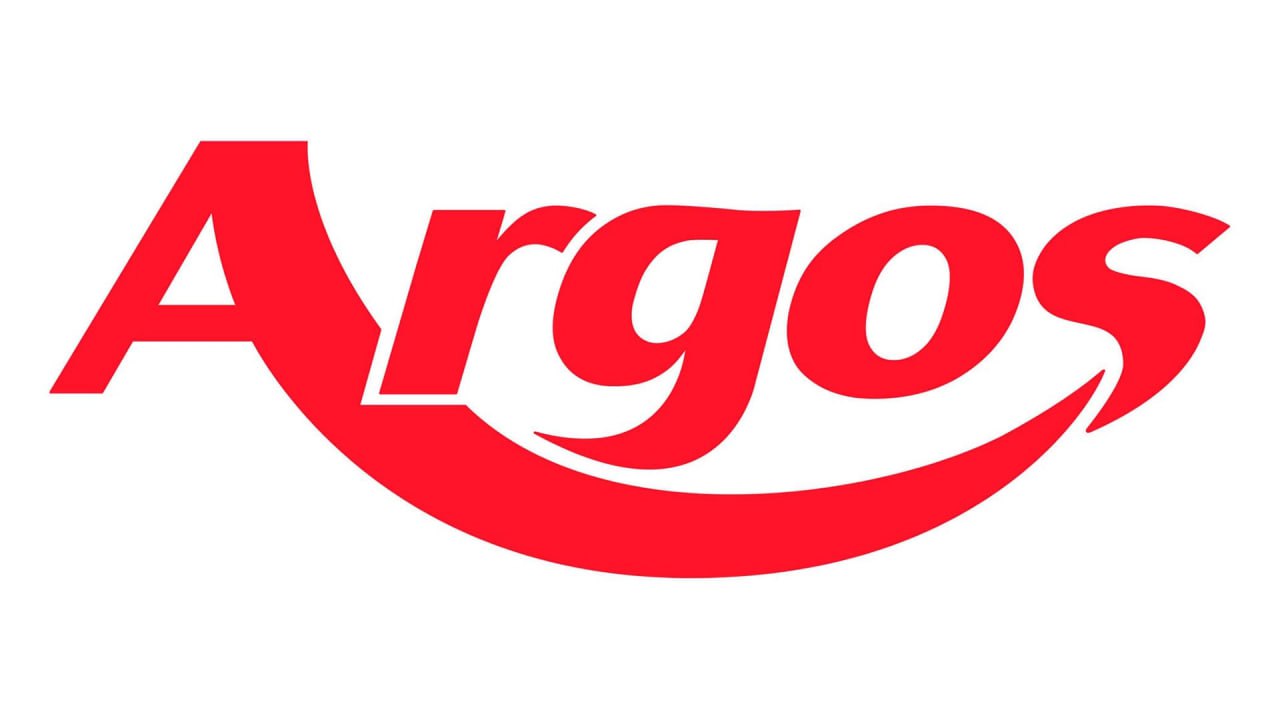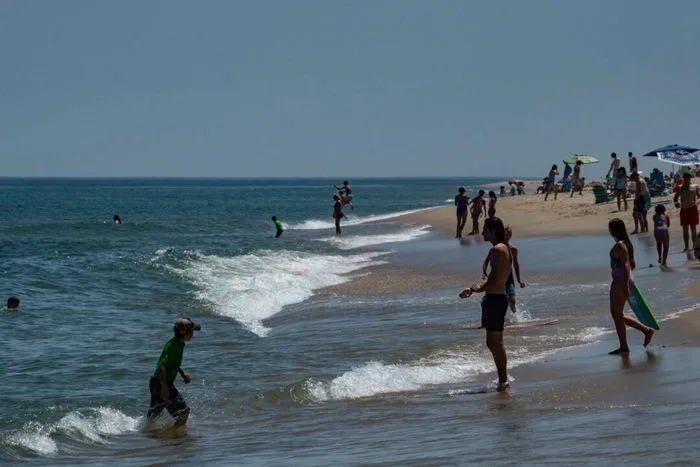By Jack Phillips
Health officials in Massachusetts have warned about a potentially deadly type of flesh-eating bacteria in the state’s coastal waters after a person was infected.
The state’s Department of Public Health on Aug. 13 said that “an extremely rare case” of Vibrio vulnificus was reported in the state, adding that the individual who was infected was likely exposed to the bacteria while at the beach in Buzzards Bay, near Cape Cod.
“Vibrio bacteria normally live in warm, salt, or brackish waters along the Atlantic coast,” Public Health Commissioner Robbie Goldstein said in a statement released on the health department’s website. Brackish water usually occurs when freshwater, such as from a river, meets with ocean water.
“Heat waves and above-average water surface temperatures create favorable conditions for Vibrio bacteria to grow, making May through October generally the peak season for these bacteria,” Goldstein added. “People with open wounds who spend time in the water, or those who consume contaminated shellfish, can develop an infection when the bacteria enter the body. Sometimes these infections can spread through the bloodstream and cause severe, even life-threatening illness.”
Health officials in Massachusetts did not provide an update on the person’s condition after they contracted the illness. The health agency didn’t say when the person contracted it or the specific beach along Buzzards Bay where the person had visited.
The Department of Health noted that in recent years, there have been seven confirmed cases of Vibrio vulnificus in Massachusetts.
While several different Vibrio species can cause illness, Vibrio vulnificus is considered to cause the most severe infections and can lead to necrotizing fasciitis, a type of “flesh-eating” condition, the Centers for Disease Control and Prevention says on its website.
It noted that between 2015 and 2024, there were an average of 88 Vibrio infections, which include species other than Vibrio vulnificus, in Massachusetts. Most of the infections came from consuming shellfish that were contaminated with the bacteria. There have been no confirmed Vibrio-related deaths in the state.
This year, Florida’s Department of Health has confirmed 17 cases and five deaths. So far, Louisiana’s Department of Health, as of August 2025, reported 17 hospitalizations from Vibrio vulnificus, with four resulting in deaths, according to an update on the agency’s website.
Individuals with certain medical conditions—such as people with liver diseases, chronic kidney failure, diabetes, and conditions that weaken the immune system—are more likely to develop a Vibrio vulnificus infection if they’re exposed to the organism, health officials say.
Individuals whose jobs place them in contact with raw shellfish or the water in which they live are also more likely to be exposed to the bacteria, according to the clinic.
The CDC also says that people with HIV, cancer, or thalassemia are also more susceptible to contracting the illness. People receiving immune-suppressing therapy for a disease, taking medicine to decrease stomach acid levels, or who have had a recent stomach surgery are also susceptible, it says.
Symptoms of a Vibrio wound infection can include fever, redness, pain, swelling, warmth, discoloration, or discharge. Signs of a bloodstream infection can include chills, fever, low blood pressure, and blistering lesions on the skin, according to the Louisiana Health Department.
People who contract Vibrio vulnificus can become quickly and seriously ill, potentially requiring intensive care or the amputation of a limb. Meanwhile, around one in five who contract the disease die, as early as within a few days of becoming sick, say officials.






